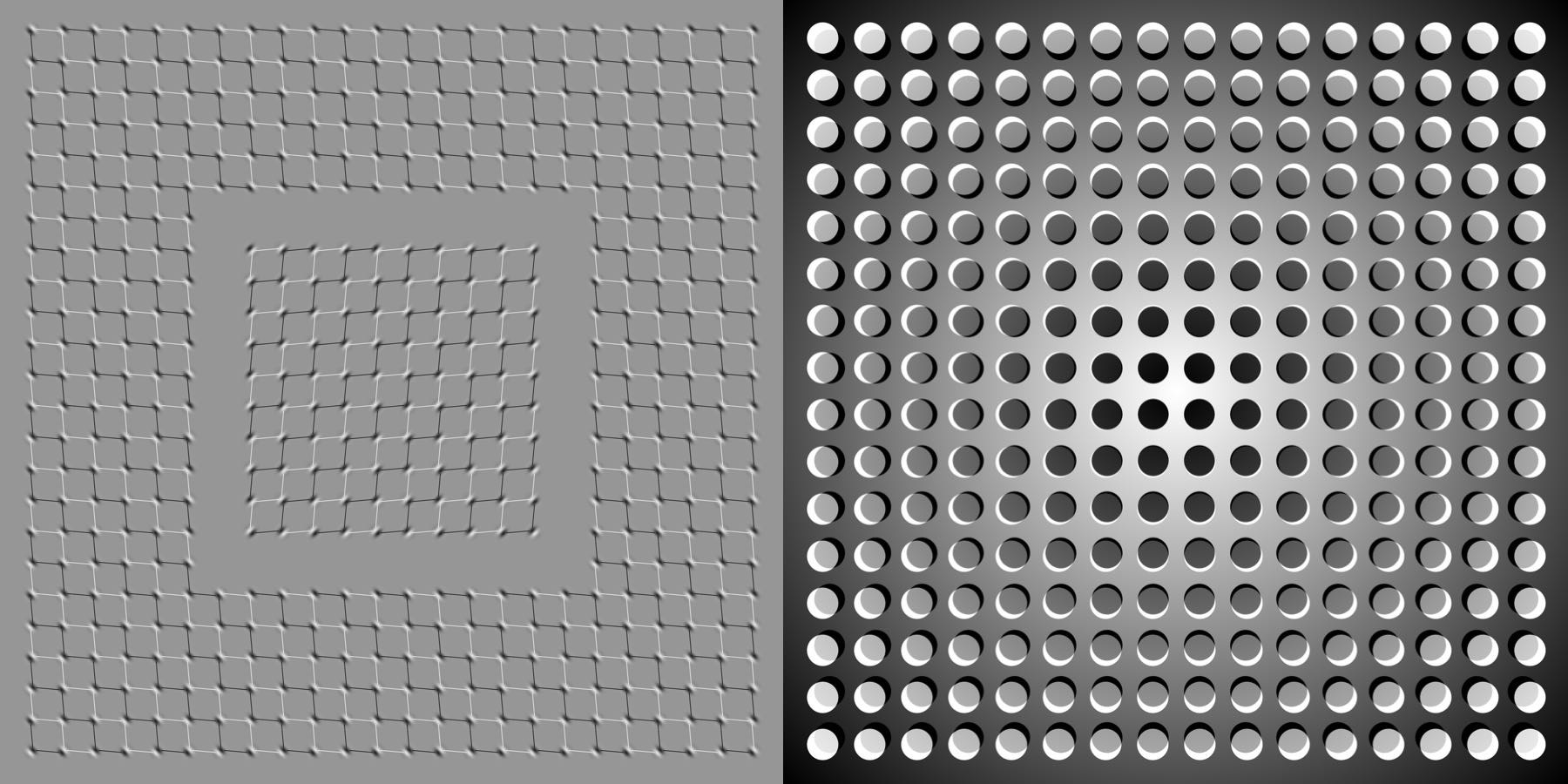When making models of the world, you are looking for invariances.
To which degree is a thing a causal structure that is shaping the universe in a way for which we do not find a way for an alternative, better representation.
Resources
https://worldmodels.github.io/

What we see is based on our brain’s prediction of the future.
Recurrent World Models Facilitate Policy Evolution
Link to originalOptimal decision making, at its core, requires considering counterfactuals.
If I did X instead of Y, would it be better? You can answer that question using a learned simulator, a value function, a reward model, … in the end it’s kinda all the same, as long as you have some mechanism for figuring out which counterfactual is better.
→ The key is not necessarily to do really good simulations, but how to answer counterfactuals.Simulation through a learned model seems to be the way the brain figures out counterfactuals (mostly during sleep).
There are different ways of achieving a world model:
Explicit world models, also called model-based (RL), like simulating rewards and probable next states in your head.
implicit world models (…)
Manipulating Chess-GPT’s World Model
Todo
Plan2Explore: Active Model-Building for Self-Supervised Visual Reinforcement Learning
GAIA-1: A Generative World Model for Autonomous Driving
Minecraft Diamon Challenge beaten
Mastering Diverse Domains through World Models - MineRL Diamond Challenge.pdf
Made a robot walk in < hour
DayDreamer World Models for Physical Robot Learning.pdf
Introduction to latent world models RL
DREAM TO CONTROL LEARNING BEHAVIORS BY LATENT IMAGINATION.pdf